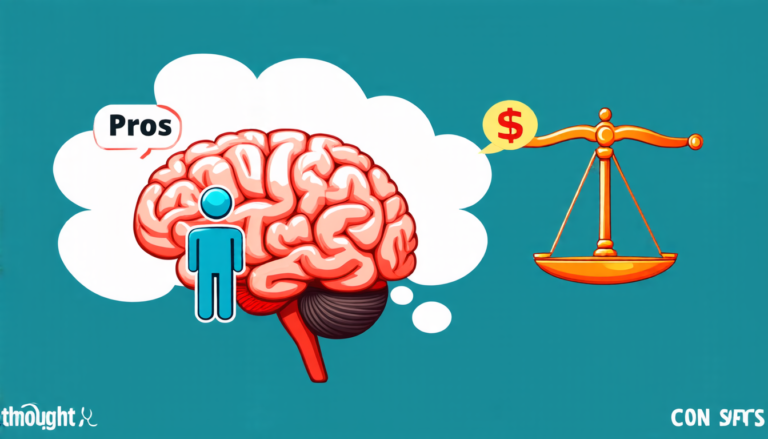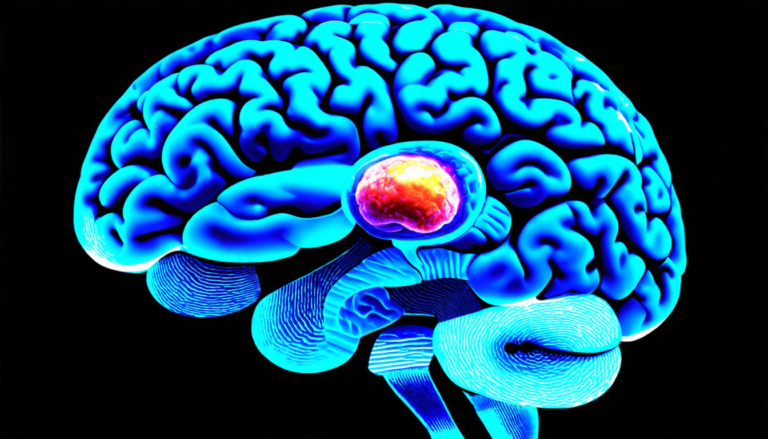Tuesday 03 June 2025
The drums of innovation beat on, as researchers unveil a novel approach to separating drum sounds in music recordings. The Inverse Drum Machine (IDM) is an AI-powered system that can isolate individual drum sounds within a mix, without requiring access to separate recordings of each instrument.
This breakthrough has significant implications for music production and remixing. Currently, music engineers often rely on manual editing or laborious processing techniques to separate drums from the rest of the mix. However, these methods can be time-consuming and may compromise sound quality. The IDM promises a more efficient and effective solution.
The system works by analyzing the acoustic properties of drum sounds and using this information to generate a synthetic representation of each instrument. This synthetic representation is then combined with the original recording to create an isolated drum track. The result is a clean, high-quality separation that can be manipulated and edited as needed.
One of the key challenges in developing the IDM was addressing the complex acoustics of drum sounds. Drumming involves a wide range of frequencies, from low rumbles to high-pitched crashes, which can make it difficult for AI algorithms to accurately identify individual instruments. To overcome this, the researchers developed a novel approach that uses a combination of spectral and transient modeling techniques.
Spectral modeling allows the algorithm to analyze the frequency content of each drum sound, while transient modeling enables it to capture the dynamic changes in amplitude and timing that occur during drumming. By combining these two approaches, the IDM can accurately identify the unique characteristics of each drum instrument and separate them from one another.
The potential applications of the IDM are vast. Music producers could use it to isolate individual drum sounds for remixing or editing purposes. Drummers themselves might find it useful for creating custom drum samples or practicing with a virtual drumming partner. Even musicologists could benefit from the IDM’s ability to analyze and understand the acoustic properties of drumming.
As with any new technology, there are still limitations to be explored. For example, the IDM may struggle with recordings that contain multiple layers of drums or complex percussion patterns. However, the researchers are confident that these challenges can be overcome through further refinement of their algorithm.
The Inverse Drum Machine represents a significant step forward in music processing and analysis. Its ability to accurately separate drum sounds could revolutionize the way we approach music production and remixing. As the technology continues to evolve, it will be fascinating to see how it is applied across various musical genres and styles.
Cite this article: “Beating a New Path: The Inverse Drum Machine Revolutionizes Music Production”, The Science Archive, 2025.
Ai-Powered, Drum Sounds, Music Production, Remixing, Inverse Drum Machine, Idm, Acoustic Properties, Spectral Modeling, Transient Modeling, Music Processing, Analysis.







